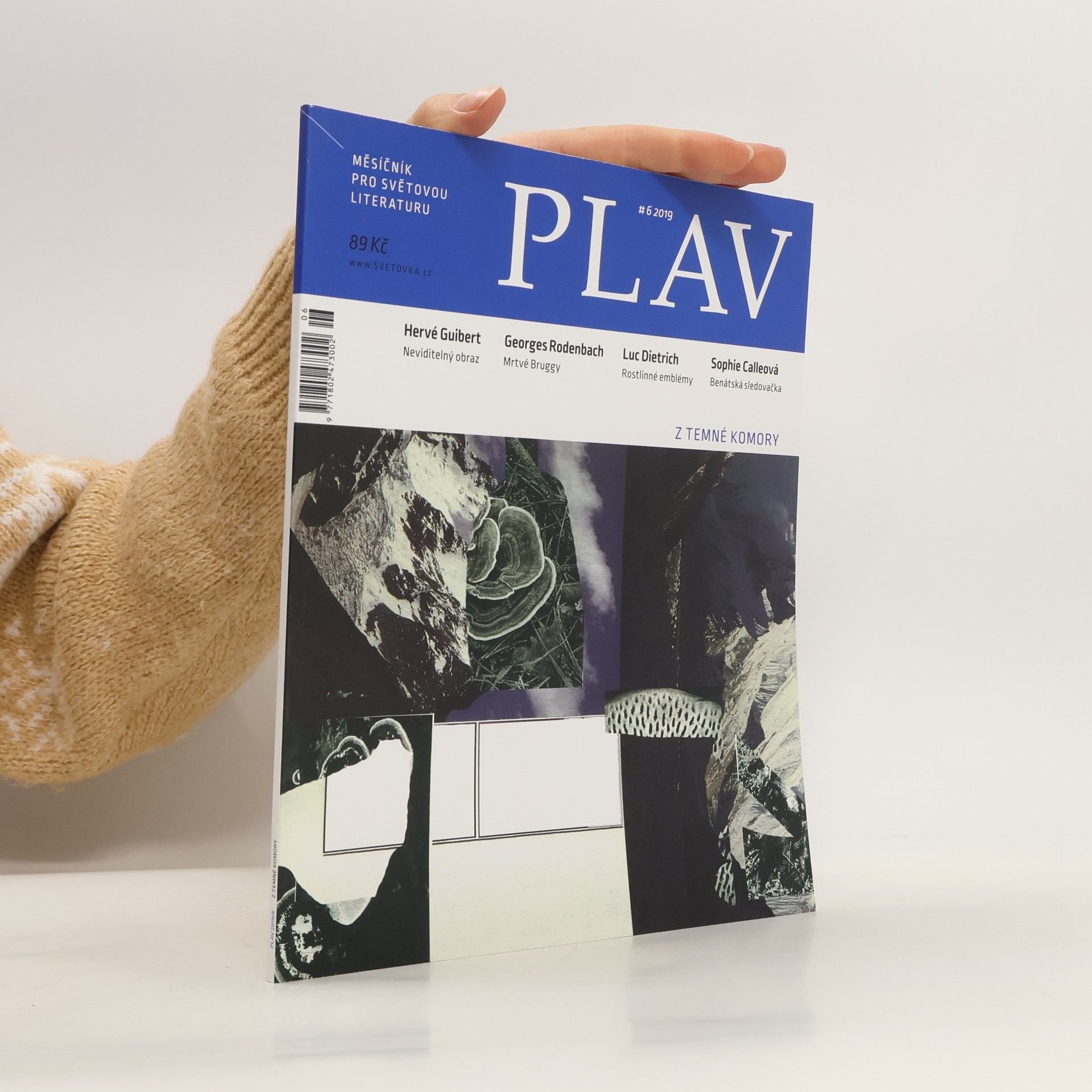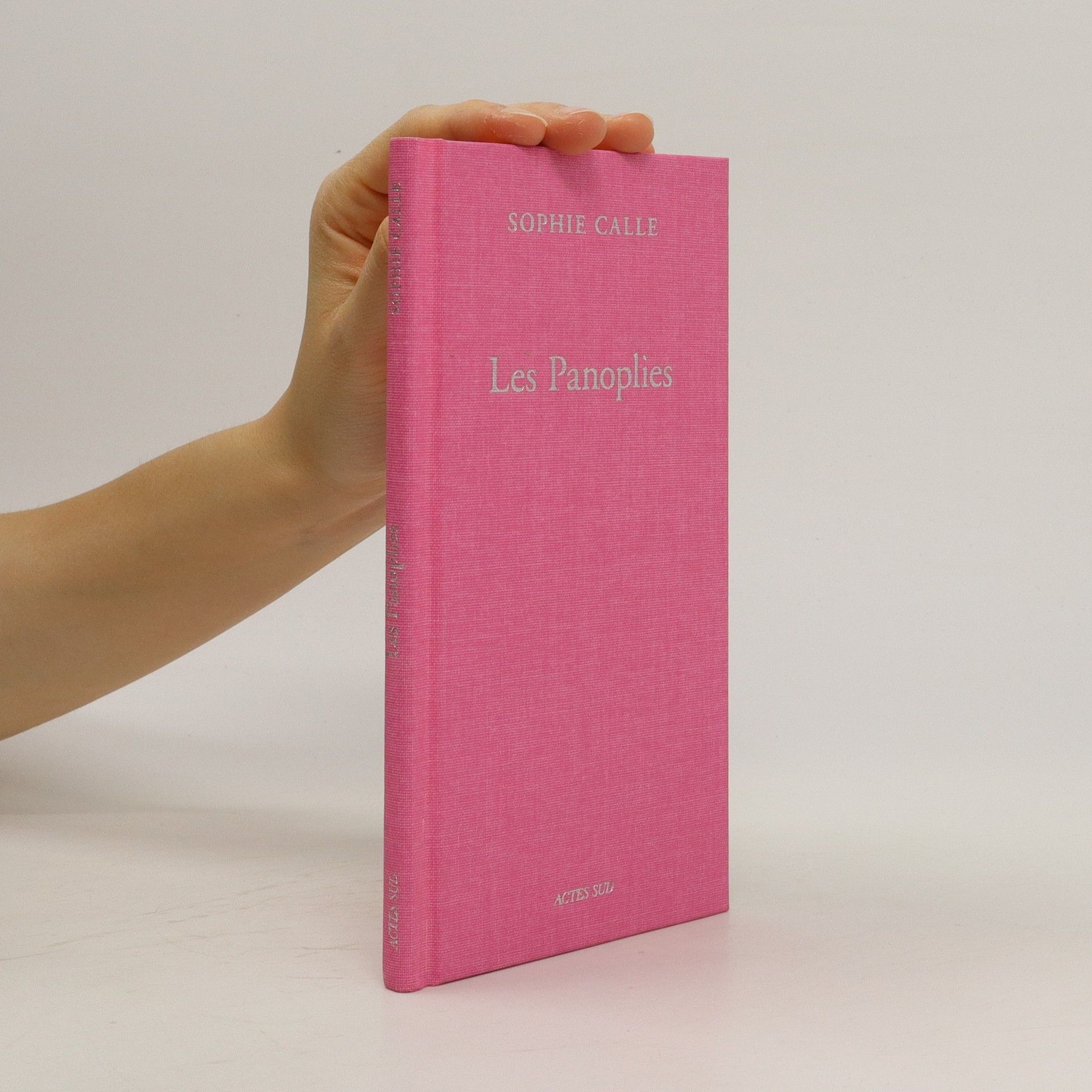Die 36 Geschichten, welche die international bekannte Künstlerin über sich als kleines Mädchen, als jung Verheiratete oder bald wieder Geschiedene erzählt, sind stets persönlich und intim, erheiternd bis komisch. Sophie Calle lüftet freizügig den Schleier über ihr „vie sentimental“ und gibt Schlüsselerlebnisse ihres unkonventionellen Lebens preis: als Verliebte, als Pubertierende, die sich ihrer Makel bewusst wird, als Striptease- Tänzerin, als Tierfreundin, deren Katzen ums Leben kommen, und als sich nach dem Glück sehnende Frau. Selten war eine Künstlerin so ehrlich mit sich und ihrem Publikum.
Sophie Calle Bücher
Sophie Calle ist eine französische Künstlerin, deren Werk sich durch die Verwendung willkürlicher Einschränkungen auszeichnet und an die französische literarische Bewegung Oulipo der 1960er Jahre erinnert. Ihre Kreationen stellen häufig menschliche Verletzlichkeit dar und erforschen Themen wie Identität und Intimität. Sie ist bekannt für ihre detektivische Fähigkeit, Fremden zu folgen, um deren Privatleben zu untersuchen, und ergänzt ihre fotografische Arbeit oft mit Texttafeln eigener Schriften.






Sophie Calle findet ein Adressbuch und kopiert die Seiten daraus, bevor sie es anonym an den Besitzer, einen gewissen Pierre D., zurückgibt. Dann beginnt sie, zu denen, die in dem Buch verzeichnet sind, Kontakt aufzunehmen, sie trifft sich mit D. s Familie, Freunden, Bekannten, Affären. Mit jeder Begegnung wird Pierre D. plastischer und zugleich undurchdringlicher, Calles Recherche verkompliziert sich zusehends, während sie versucht, die schiere Vielzahl von Details – scheinbar Triviales wie potentiell Aufschlussreiches – zu dem bündigen Porträt eines Unbekannten zu fügen. Und im Lauf ihrer Nachforschungen hat Sophie Calle auch die eigenen Motive, Obsessionen und Ängste zu hinterfragen. Sophie Calle hat diese Begegnungen mit den Menschen aus D. s Adressbuch in Text und Bild dokumentiert, 1983 erschienen diese Dokumentationen einen Monat lang als Serie in der französischen Tageszeitung Libération . Und lösten einen handfesten Skandal aus, der bis heute nachhallt. Was interessiert uns an anderen? Und was verbirgt sich hinter unserem Interesse? Charakterstudie, Bekenntnis, Essay, Konzeptkunst – Sophie Calle unternimmt eine voyeuristische Abenteuerreise durch das Adressbuch eines Fremden und erfindet eine Form, in der Leben und Kunst, Rolle und Identität, Vertrautes und Unbekanntes ineinander zu oszillieren beginnen.
Sophie Calle - Double Game
- 296 Seiten
- 11 Lesestunden
Double Game, published by Violette Editions in 1999, was French author Sophie Calle’s first important book published in English, and it received international praise for its idea, text, and extraordinary design. The original edition has been out of print since its release. The new edition has been published to go along with the 2007 Venice Biennale, a major contemporary art exhibition that takes place once every two years in Venice, Italy. Double Game contains exactly the same content as the original as well as the same design, including the signature ribbon around its middle, but in a smaller hardback format. Double Game, published by Violette Editions in 1999, was French author Sophie Calle’s first important book published in English, and it received international praise for its idea, text, and extraordinary design. The original edition has been out of print since its release. Double Game starts with a fictional character named Maria, who originally appeared in Paul Auster’s novel Leviathan. Most of the character’s “works” are based on Calle’s works, which are examined in the first section of the book. The second section follows a series of Calle’s narrative and abstract works in text and images that were adapted by Maria in Leviathan. Double Game, published by Violette Editions in 1999, was French author Sophie Calle’s first important book published in English, and it received international praise for its idea, text, and extraordinary design. The original edition has been out of print since its release. The last section involves dialogue from Auster, taking Calle as his subject, and offers “Personal Instructions for SC on How to Improve Life in New York City (Because She Asked…),” called the Gotham Handbook.
Published for the first time in 1994 and regularly re-edited and enhanced, True Stories returns again this year with six unpublished narratives related in Sophie Calle's familiar precise sober prose and photography. By turns serious, hilarious, dramatic or cruel, these real-life tales represent a form of work in progress recounting fragments of her life. One of the 21st century's foremost artists, Calle here offers up her own story - childhood, marriage, sex, death - with brilliant humour, insight and pleasure.
The Elevator Resides in 501
- 392 Seiten
- 14 Lesestunden
The book delves into Sophie Calle's immersive exploration of the abandoned Hôtel du Palais d'Orsay between 1978 and 1981, where she inhabited room 501 and documented its decay through photography. Over five years, she collected various artifacts that revealed stories of the past. Decades later, she revisits the site during lockdown, armed with a flashlight, to uncover its history and the remnants of its former life. This work reconstructs her archive, intertwining personal memories with the broader narrative of a forgotten space, evoking a sense of nostalgia and connection to history.
Sophie Calle
Take Care of Yourself
"I received an email telling me it was over. I didn't know how to respond. It was almost as if it hadn't been meant for me. It ended with the words, 'take care of yourself.' And so I did. I asked 107 women (including two made from wood and one with feathers, chosen for their profession or skills, to interpret this letter. To analyze it, comment on it, dance it, sing it. Dissect it. Exhaust it. Understand it for me. Answer for me. It was a way of taking the time to break up. A way of taking care of myself."--First unnumbered page.

